AdBlock Plus has made a new milestone in the history of "acceptable advertising"
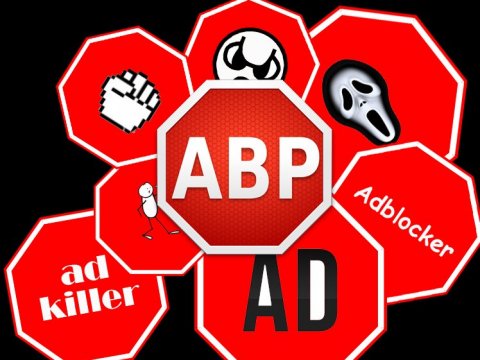
One of the world's largest ad blockers AdBlock Plus pleased advertisers with a new initiative. The developers of the blocker launched the Acceptable Ads Platform ( AAP ) platform, designed to place ads on the websites from the list of "Acceptable Ads". Eligible ads can be installed instead of regular banners that are blocked by Adblock Plus.
The program itself "Acceptable advertising" was launched in 2011. At the same time, Eyeo, the developer company Adblock Plus, acknowledged that it had collaborated with partners in this program not for free. The company offered to dissatisfied users just to change the settings of the blocker.
In the settings, the option "Allow unobtrusive advertising" is selected by default. The developer acknowledges that the "white list" is kept on laziness - most users do not like to get into the settings unnecessarily. In general, the company does not consider it shameful to make money from laziness, illiteracy and inattention of the audience. After all, not all citizens communicate with the computer on "you."
Monetization or venality
For some time the service avoided the topic of monetization and did not disclose exactly how much he earns on the “white list”. The only data that the company published was the statistics of work with advertisers and online sites. But on the basis of this statistics, it was impossible to estimate Eyeo's income on the relevant article.
')
Now Adblock Plus decided to open this veil too. However, representatives of the service noted that inadmissible advertising could not get on the exception list, even for money. The blocker is paid only by “big” sites that receive income from displaying banners from the “white list”.
The site is considered to be a big one, the advertisement on which after getting into the “white list” will be shown more than 10 million times a month. This does not take into account all traffic, but only the display of advertising from the "white list". If we consider that blockers are usually used by about 5% of the audience, such a site should have at least 200 million impressions.
The largest are 10% of sites with which AdBlock Plus collaborates. Sites list service a percentage of advertising profits.
Due to the fact that Google pays Eyeo GmbH for participating in a program of admissible advertising, users see Google AdWords ads in advertising links next to relevant search results. When users discovered this blatant fact, they regarded it as a “loophole” for Google.
Despite the fact that Eyeo did not conceal the presence of paid partners, some users with a keen sense of justice were offended and accused her of being corrupt.
The scandal broke out after a series of publications on the German portal Mobile Geeks. Blogger Sasha Pallenberg reported that Adblock Plus is deceiving users and skipping some advertising. According to his information, the developer also trained on fake accounts and transferred them to the eCircle system, which is engaged in sending spam by e-mail.
And just then, in July 2013, Eyeo publicly acknowledged that it was making exceptions for some advertisers. Adblock Plus enters into agreements with Internet sites and advertising networks that wish to participate in an affordable advertising program. But at the same time advertisers must ensure that the advertisement meets the criteria. In particular, placing advertisements with animations and sounds in the middle of the text and with page lock is not allowed .
According to the Adblock Plus survey, only 25% of users are opposed to any advertising. The rest agree on some types of advertising, as they understand that this is necessary for the monetization of sites.
"We will go another way"
Other large sites have decided not to pay the blocker, but to act more rigidly. In June 2016, one of the largest publishing houses - German Axel Springer (Business Insider editions, Bild, Maxim and others) - obtained from Adblock Plus free inclusion in the “white list” of non-blocking online media advertising. For this media holding appealed to the German court.
This will allow Axel Springer to increase the reach of its audience by 100 million potential buyers. The victory of Axel Springer can cause a sharp increase in the number of lawsuits to Eyeo from its partners.
Themselves with a mustache
And now, 5 years after the appearance of the “Acceptable Advertising” program, AdBlock Plus decided to independently sell media advertising. The new platform (AAP) combines the functions of SSP and advertising exchange. The system makes the process of adding to the "white list" faster, simpler and more transparent. Eyeo Operations Director Ben Williams calls AAP "a compromise between users and advertisers."
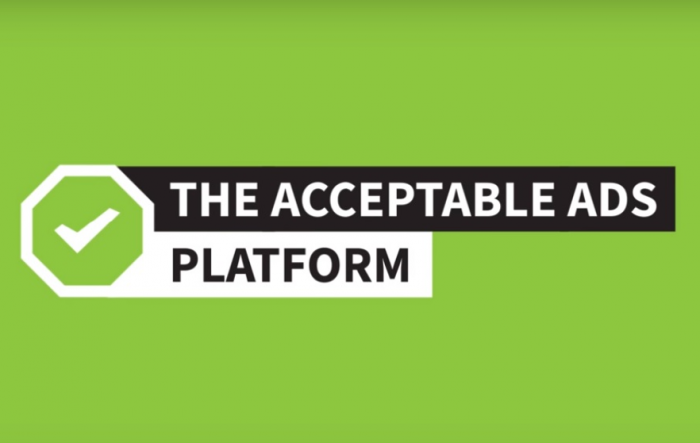
The AdBlock Plus partner is ComboTag, which offers advertising solutions for publishers and agencies. Publishers, for example, can use the ComboTag platform as an ad server, and agencies as a private exchange.
Also, advertising with this program will be sold by Google and AppNexus, notes The Wall Street Journal. However, both of these companies refute this information. However, Google and AppNexus are known to be partners of ComboTag.
AAP will allow publishers and bloggers to place advertisements on their sites that have been tested for "acceptability". As a result, the process of getting into the "white list" will be reduced from a few weeks to a couple of seconds.
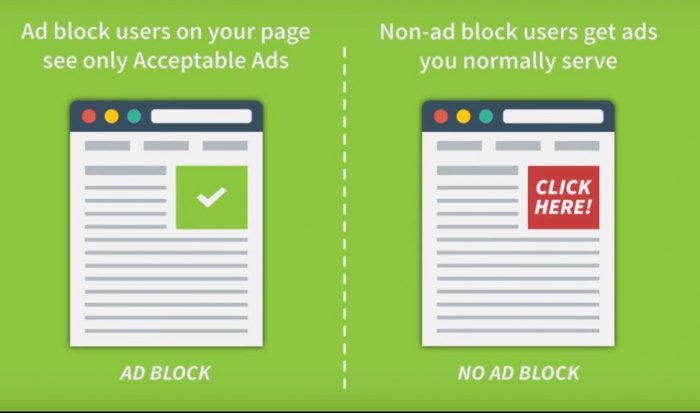
Thanks to the platform, site and blog owners will be able to continue making money on advertisements - selected ads will be displayed in the place of blocked banners. They will be seen by users who have adopted an acceptable advertising policy. And 90% of the 100-million blocker audience did it.
Sites will receive 80% of revenue from advertising through Acceptable Ads Platform. The remaining 20% will be received by the exchange itself and its partners. Adblock Plus will receive 6% of sales.
The company hopes to create a market where they will only work with advertisers who agree to a compromise. At the same time, the company notes that the effect of such cooperation for the advertiser will be minimized, since he will not be able to choose either the placement of advertising or the size, nor will he be able to target them.
From September 2016, Acceptable Ads Platform will work in beta mode, the full launch is scheduled for the end of 2016.
“Ad blocking will exist with us or without us. We try not to allow a situation in which 100% of advertising will be blocked. We hope that Acceptable Advertising will lead to positive changes [on the market], ” said AdBlock Plus representatives.
In the future, AdBlock Plus promises to launch a feedback mechanism that will be embedded directly in the ad. With it, the user will be able to tell whether he likes the advertisement or not. Such feedback will make RTB more "human", they say in the company.
Expert opinions
We asked representatives of the advertising and media market to answer a few questions:
1. What do you think about the initiative of Adblock to sell “acceptable” advertisements on the sites of blocked banners?
2. Would you become a member of a similar advertising network?
3. Now in the settings of AdBlock Plus, you can turn off the display of even "acceptable" advertising. If this situation does not change, will there be any point in their initiative?
4. How can AdBlock Plus benefit from Google?
Yuri Synodov, ROEM:
 1. I think that the essence of AdBlock Plus business will now be clear to everyone.
1. I think that the essence of AdBlock Plus business will now be clear to everyone.2. No, thanks.
3. If this feature will hit hard on their incomes - it will be disabled, I suppose.
4. No, I think. Anyone can get into Google if they offer enough money.
Ivar Maksutov, editor in chief of Postnauka:
 1. I think this is hypocrisy. Very similar to the behavior of ecoterrorists.
1. I think this is hypocrisy. Very similar to the behavior of ecoterrorists.2. No. Media will sooner or later learn how to effectively deal with parasites like Adblock. First of all, they will be defeated by the internal monetization of the sites: purchases within the system, such as donates or subscriptions, native advertising, etc. We, for example, when updating the site completely abandoned banners, integrating advertising modules inside the grid, making them native.
3. It means that Adblock users will be able to control the ability to manage ad display settings - you’ll only watch what the company’s managers find “acceptable”.
Dmitry Falaleev, Firrma:

I, frankly, I am not a specialist in such advertising, so I can answer simply as the owner of the site and the person concerned. I do not really understand what “acceptable advertising” is.
In general, the attitude is philosophical: it’s good that there are attempts to invent something new, but so far everything that has appeared has not been effective. Once come up with exactly.
Alexey Ametov, publisher of Look At Media:
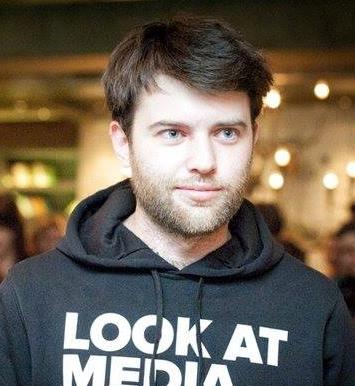
1. I think this is a very strange action. Or wear pants or cross, remove, as they say.
2. I am sure that users will go where advertising will not.
4. As for Google, they, like Yandex, the problem lies generally on a different plane - it's not about AdBlock, but that they lost mobile.
Sergey Baryshnikov, Bigpicture.ru
 1. Clear, but strange initiative. The term “acceptable” is very vague, and what may be absolutely acceptable for one category of users may be completely unacceptable for another category. The guys woke up the desire to "somehow make money." At the same time, a part of the audience loyal to their product will be scared away, and a part will have to be a long explanatory conversation.
1. Clear, but strange initiative. The term “acceptable” is very vague, and what may be absolutely acceptable for one category of users may be completely unacceptable for another category. The guys woke up the desire to "somehow make money." At the same time, a part of the audience loyal to their product will be scared away, and a part will have to be a long explanatory conversation.2. No, we have long ceased to rely on the dying media and have been successfully doing native advertising for several years, redirecting media traffic to it.
3. I think that this is an attempt to remove the negative from that part of the audience that will be unhappy - they were given an alternative, but a certain percentage would not include this tick.
4. By the idea of Google, and so it goes along the path of “acceptable” advertising, trying as much as possible to fine-tune the target for the user, causing his interest. They do this to increase their own efficiency. Well, maybe they will make it to a small percentage of that audience that they could not reach because of AdBlock Plus.
Ilya Dyer, publisher at Meduza
 1. Firstly, I do not understand what “acceptable advertising” is. I did not understand the question, but in general it looks like a raider seizure of advertising places and deception of the audience. The blockers download, so that there is no advertising, and not that it was, but different.
1. Firstly, I do not understand what “acceptable advertising” is. I did not understand the question, but in general it looks like a raider seizure of advertising places and deception of the audience. The blockers download, so that there is no advertising, and not that it was, but different.2. While I do not see any reason to use it. On the one hand, as I have already said, I don’t like it very ethically. Secondly, any media networks are not a significant source of revenue, so it is unlikely.
3. You know, it seems to me that the conversation about ad blocking is not very interesting. I cannot condemn people who turn off banners - they are really annoying, and this is a problem for advertisers and sites. Users vote blockers. Therefore, in principle, all initiatives in the field of banner advertising are not very interesting to me.
Danil Hasanshin, CEO of the publishing house "Committee"
 1. I do not know yet what I think about this is unequivocal. It looks strange that they sell something that does not belong to them.
1. I do not know yet what I think about this is unequivocal. It looks strange that they sell something that does not belong to them.2. Not sure.
3. I don’t really understand “acceptability” and what they are trying to do now.
4. I did not think at all and do not think in this vein. These are some games far from our interests, but here “ping-pong” from Facebook was rather funny to watch, no more.
Brave Browser and “acceptable advertising”
In the spring of Mozilla co-founder, Brendan Eich, launched the Brave browser, blocking third-party ads and placing safe ads in its place. Newspaper owners opposed the development of the former head of Mozilla.
17 companies appealed to Brendan Eyhu with the requirement to stop illegal actions. Among the signatories of the letter are the owners of the newspapers The Washington Post, The New York Times Co., Dow Jones and others, reports Business Insider. All of them belong to the Association of Newspapers of America (NAA). The companies stated that they are ready to protect their brands and materials by all legal means.
Brave is designed for Windows, Max, Linux, iOS and Android. The browser blocks third-party ads by default, and instead, the user sees secure ads approved by the developer. They load quickly and provide anonymity for the user, since they do not track cookies or pixels.
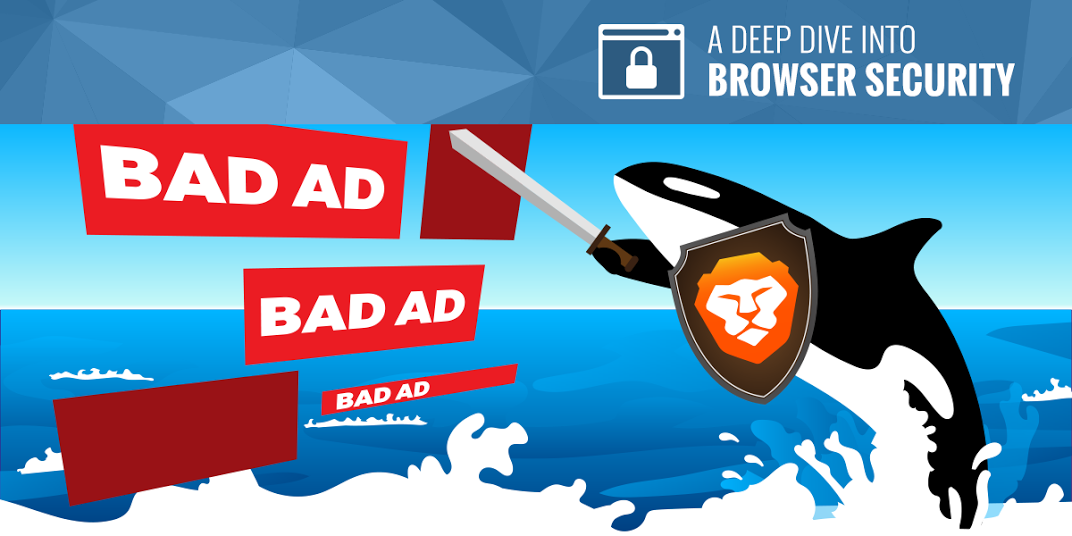
If the publisher collaborates with Brave, then it receives 55% of the revenue. Another 15% goes to the browser, 15% goes to the partner who is engaged in the placement, and the user can count on 10–15%.
However, media companies do not agree with this scheme. They call Eich's business model absolutely illegal and argue that the project benefits from the $ 5 billion that the industry spends on the development of journalism. Brave was accused of copyright infringement, unfair competition, unauthorized access to publisher sites.
The authors of the letter believe that the plan for the replacement of advertising is indistinguishable from the plan for content theft. “Your public statements clearly demonstrate that you intend to take advantage of the content of all publishers on the Internet to sell your own ads. You have no right to use our names, trademarks and logos to promote and operate your business, ”the statement says.
The law allows companies to claim up to $ 150,000 for each “borrowed” work. Using someone else's trademarks for advertising sales, Brave misleads consumers and also infringes upon the exclusive rights of publishers to their brands.
PS Advertising blockers - the main problem for the global online advertising industry. According to joint research by PageFair and Adobe companies, by the end of 2015, 198 million users had been installed blockers in the world. At the same time, the loss of the advertising industry reaches $ 22 billion per year.
Source: https://habr.com/ru/post/310006/
All Articles